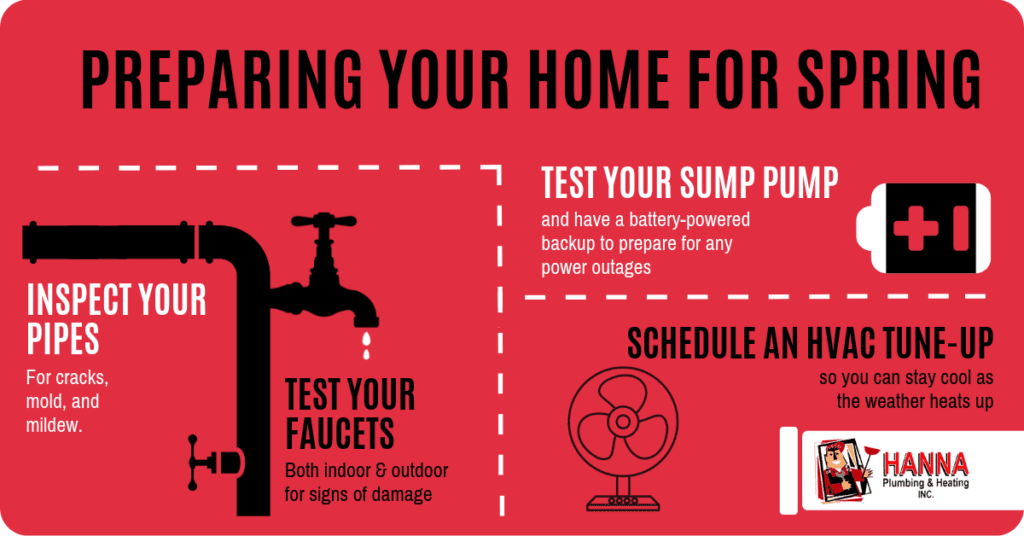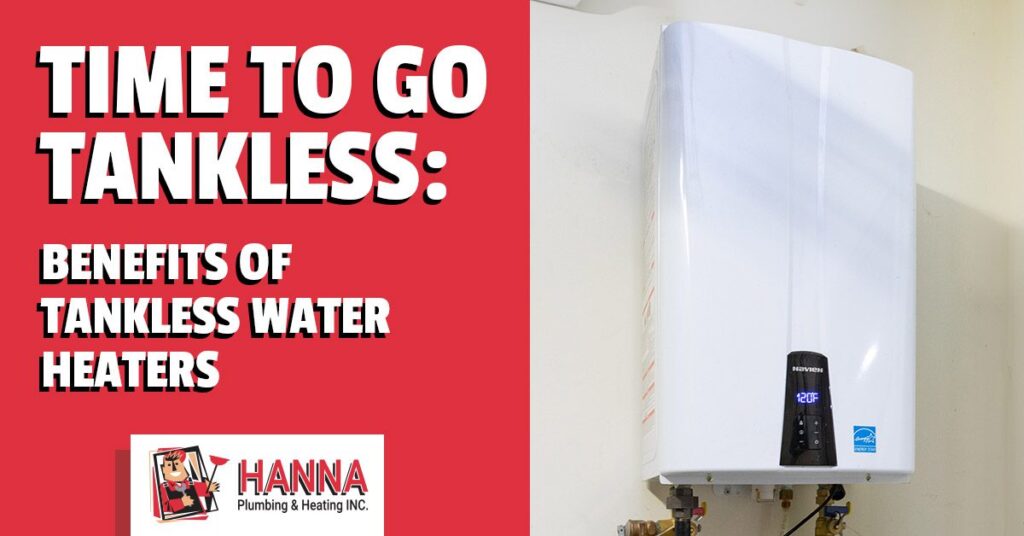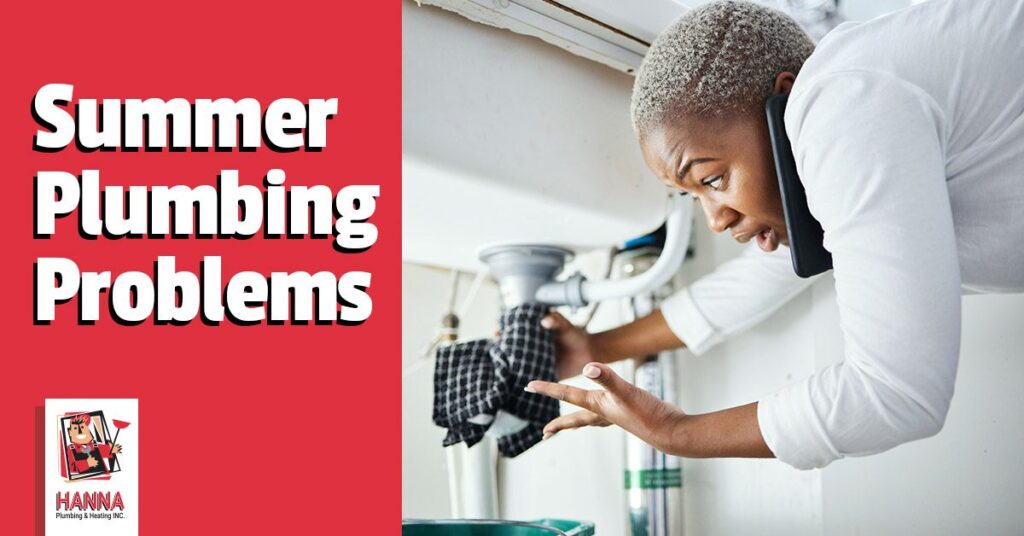
Preparing Your Home for Spring
Spring is the perfect time to schedule maintenance on your plumbing and HVAC, even if you’re not experiencing an emergency. Below is a short list of services we’ve found to be beneficial to maintaining a healthy and efficient home. Test and Check for Leaks Cold Iowa weather can cause pipes...

Your Kitchen & Bathroom Remodel Guide
Thinking about a kitchen or bathroom remodel? It’s a great idea to add style, improved functionality, and value to two of the most-used rooms in your home. Walking into a remodeled bathroom can feel like having your own luxury suite in a hotel. While a remodeled kitchen becomes the...

Time to Go Tankless: Benefits of Tankless Water Heaters
The world of water heaters used to be filled with large, clunky, and eventually inefficient tanks. They took up a lot of room, warmed water slowly and intermittently, and ran up utility bills. Plus, as age crept in, rust showed, cracks formed, and a flooded basement was a major...

Summer Plumbing Problems — Four Tips to Keep Your Plumbing Humming This Summer
Four tips to keep your plumbing humming this summer. Summer was made for water. From watering plants to diving in pools, we use a lot of H2O this time of year. Increased usage and higher heat can put a strain on your plumbing system. Read on for four of...

Your House Hunt Plumbing Guide
House Hunt Plumbing Checks Searching for a home can be equal parts exciting and stressful. You’re on the hunt for the perfect space for you and your family, and you want to be confident you’re picking a place that looks great, meets your needs, and is built to last....

Sump Pump Sunk: Spotting & Preventing Common Issues
Spring brings warmer temps, melting snow, and rain showers. While that might be good for brightening our moods and budding fresh flowers, spring could spell trouble for your home’s sump pump, leading to a wet mess. As your first line of defense against basement flooding, it’s crucial to check...
